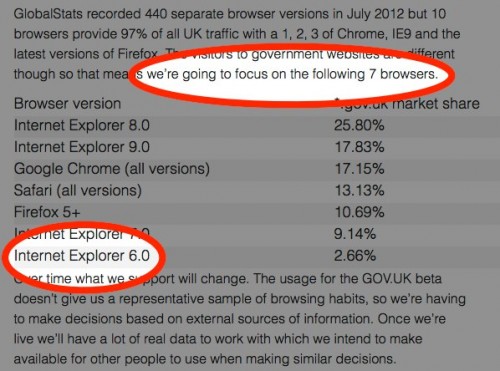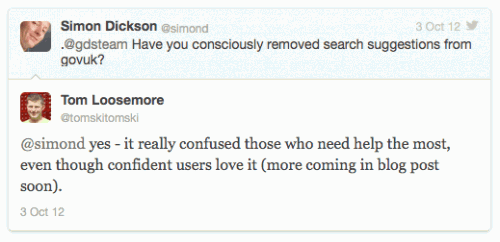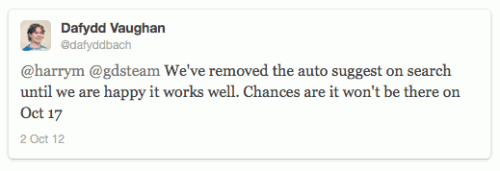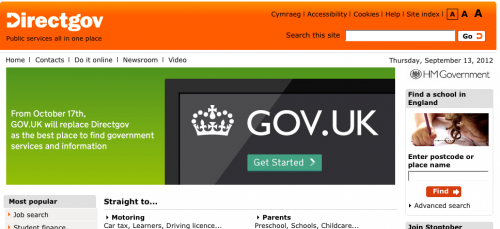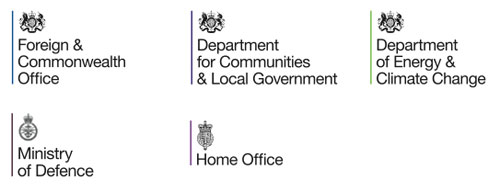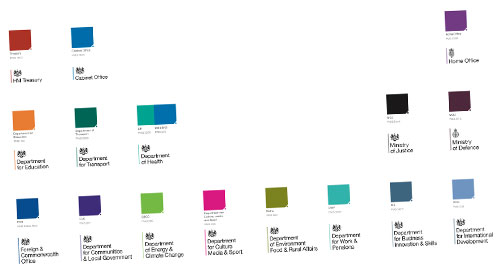Canberra is planning on doing a GOVUK: developing a single ‘Whole-Of-Government Content Management System’ for Australia. And they’re very clear on what they want: ‘The solution must use Drupal open-source software‘.
Why Drupal? They’ve published a detailed report (PDF) on their decision. They had two key requirements: that it must be ‘truly Open Source’, and very much unlike GOVUK, that it ‘must not be a .NET or Ruby based solution’. Well well well.
There were 18 options on a long-list:

which they assessed using various criteria, and came up with the following scores:
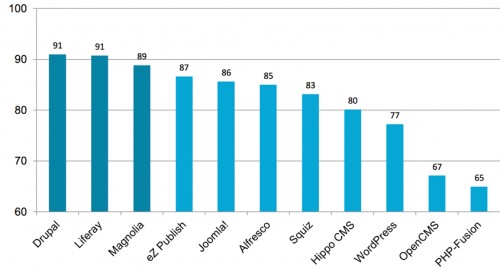
The top three were then considered in more depth, with Drupal actually coming out third of the three in most cases, and its user experience coming in for particular criticism. But in the end they’ve opted for Drupal primarily, it seems, because of the availability of extension modules and (local) developer resource.
Obviously it’s more than a little disappointing to see WordPress ranking so low: but not entirely surprising. Nobody is currently tasked with representing the WordPress platform as, say, Acquia does for Drupal. (By the way – have a look at the list of open job vacancies at Acquia, including many in the UK. And compare that to the equivalent Automattic list. Quite a contrast in approaches.)
But it’s a victory for Open Source nonetheless – and an explicit recognition of the value of the sizeable community behind the Drupal platform. It’s exactly what I talked about in 2011, when I took GDS to task for building the GOVUK platform from scratch, ignoring the benefits (immediate and future) of working with an established external platform. And took a fair bit of flak for it.
It gets better: they’ve posted an explicit commitment to feed back into Drupal core. ‘It was unclear whether GovCMS intends to give back to the community,’ they admit: ‘it was always a clear intention of GovCMS to do this, we have made the statement more direct, and the Draft Deed of Standing Offer document clarifies this requirement further.’
If you fancy the work, tender responses need to be in by the end of the month.


